Who really wants to wait around for food these days?
I know I don’t
Whether you’re in a drive-thru or ordering from your phone, speed and convenience win every time. And that’s exactly where Voice AI steps in.
It’s not just tech for the sake of it. Voice AI helps restaurants handle the rush, cut down mistakes, and keep things moving, even when the kitchen’s slammed and staff are stretched thin.
What used to feel futuristic is now just smart business. This isn’t about replacing people. It’s about helping your team breathe, your customers get what they want faster, and your operations run like clockwork.
Voice ordering is already showing up where it matters, drive-thrus, kiosks, apps, and phone lines. It’s fast, consistent, and never forgets to upsell.
This isn’t the future. It’s already here and it’s working.
What is AI-Based Voice Ordering?
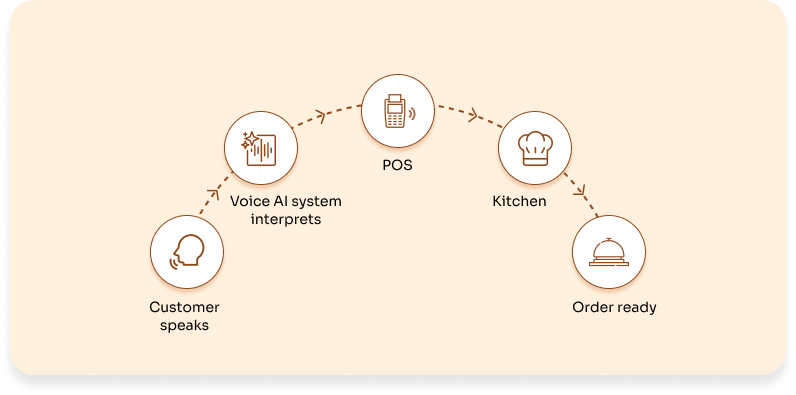
And it goes beyond drive-thrus and phone calls to make mobile apps and kiosks fast, accurate and fully automated (true, fully automated voice) with simple voice commands. The outcome is an easier experience to the customer and an increase in efficiency on your end.
Why Traditional Solutions Aren’t Working
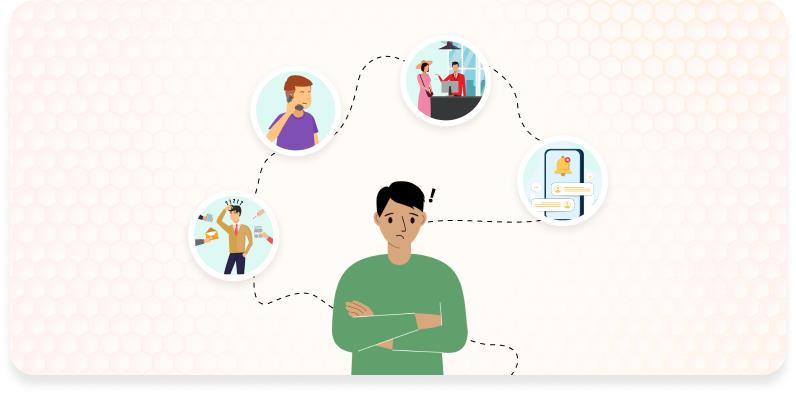
You’ve probably tried everything like hiring more people, training harder, adding kiosks or mobile apps. But the truth is:
It’s still not enough.
Here’s why:
Finding staff is harder than ever – Good team members are tough to find, and even harder to keep.
Training takes time – and during rush hour, there’s no time to babysit the POS system.
Screens and apps help, but don’t solve delays – Customers still wait, get frustrated, or leave midway through an order.
Your team is stretched thin – They’re juggling in-store customers, drive-thrus, delivery apps, and ringing phones all at once.
All these tools and hires are only putting a temporary bandage on the problem.
You don’t just need more hands.
You need a system that reduces the pressure on your existing hands.
That’s where Voice AI comes in >> This is not a replacement, but as a smart assistant that helps your team breathe, keeps orders flowing, and makes customers happier without burning out your staff.
Benefits of Implementing Restaurant Voice Assistants
If you’ve ever been in the thick of a lunch rush with half your staff and twice the usual volume, you know how quickly things can unravel. Missed orders, long wait times, frustrated guests. It’s not just a staffing issue anymore; it’s a system issue.
That’s why voice AI for restaurants isn’t just a fancy tech upgrade. It’s a practical solution to the everyday problems restaurant teams face. It handles the repetitive, time-consuming tasks so your people can focus on what actually matters: the food, the guests, and the overall experience.
It’s not here to replace anyone. It’s here to support your team, bring some calm to the chaos, and help you deliver service that’s both fast and personal, even during your busiest hours.
Here’s how it helps:
- Speeds up orders without sacrificing accuracy
- Keeps service consistent across drive-thru, phone, app, and kiosk
- Takes over routine tasks like phone orders and basic requests
- Suggests smart upsells to increase average check size
- Runs 24/7, no breaks, no missed calls
- Plugs into your existing tech like POS, kitchen display, CRM, and loyalty tools
- Remembers returning guests and tailors the experience
- Collects data to help you improve menus, promotions, and performance
Implementation Made Simple for the Restaurant System!
Wondering How!
You don’t need to reinvent your restaurant systems to start using voice AI. It’s designed to work with what you already have, and the rollout can be both simple and flexible.
Here’s how the process typically looks:
- Start with one location
- Define the role of voice AI (drive-thru, phone, kiosk, etc.)
- Integrate with your existing POS, kitchen, and CRM tools
- Train your team to use and support the system
- Run a pilot during real shifts
- Collect feedback and refine the setup
- Scale to more locations at your own pace
The Root Problems Most QSRs Face Today!
Quick service restaurants thrive on speed, but the pressure to move faster keeps growing. Serving more customers with fewer hands is becoming the norm, and keeping up isn’t easy.
- Staff shortages make consistent coverage difficult
- Orders flood in from drive-thrus, apps, phones, and delivery platforms
With so many channels to manage, mistakes increase, lines grow, and customers lose patience. Expectations have also shifted. People now want fast, accurate, and personalized service all at once.
- Customers expect smooth, tailored experiences
- Legacy systems often fall short under real-world pressure
Most QSRs are doing everything they can, but effort alone isn’t enough anymore. Hiring more staff or adding screens only offers temporary relief.
Why the Old Fixes Just Don’t Work Anymore?
Your cashier is juggling a phone order, a delivery app ping, and a customer at the counter. All while the drive-thru line keeps growing outside. And your new hire? Still learning the POS.
That’s the reality in most QSRs today.
- 70% of QSRs still face ongoing staffing issues
- Hiring more staff isn’t a long-term fix
- Too many ordering channels, not enough flow
- Self-service tools shift the work, not reduce it
- Disconnected systems break workflow
- More tech doesn’t mean better service
Real-World Use Cases of Voice Ordering for Quick Service Restaurants
Walk through some real-life examples that show how it’s working today.
1. The Drive-Thru That Doesn’t Get Tired
Drive-thrus are built for speed, but when there’s a long line of cars and only a couple of staff members, things can fall apart quickly.
Wendy’s tackled this by launching FreshAI, a voice assistant that takes drive-thru orders conversationally. According to the company, it can now handle up to 80 percent of all orders at some locations. Meanwhile, Checkers & Rally’s partnered with Presto Voice to fully automate the drive-thru experience at more than 200 outlets. Orders come in faster, mistakes go down, and staff aren’t glued to headsets during rush hours.
2. Answering the Phone Without Interrupting Service
Domino’s has been using its AI assistant “Dom” to take orders by phone since 2014. But things have accelerated recently. Companies like ConverseNow and SoundHound now provide voice bots that act like virtual cashiers – taking phone orders, upselling specials, and even handling multiple calls at once. For busy restaurants, this means no more missed calls or tying up floor staff with the phone.
3. Kiosks That Talk Back (In a Good Way)
Many chains are already implementing self-ordering kiosks, but the next generation includes voice input for the people who do not want to scroll on kiosks but to use voice interaction instead.
Matsuya Foods in Japan installed voice AI in the stores and customers were allowed to navigate a complex menu through the voice using AI. The system recognizes natural speech, and accompanies the customer with the order. It is quick, practical and can be used in areas that require a high flow of customers.
4. Ordering From Your App, Without Touching a Button
Voice-enabled apps are making mobile ordering easier, especially for frequent customers.
Starbucks added voice ordering through its app using Siri and Google Assistant, allowing customers to say things like “Order my usual from Starbucks.” Similarly, Domino’s lets users order by voice inside their app, even letting customers track their order through the assistant. This kind of hands-free experience is becoming a favorite among users who are on the move.
5. Helping the Kitchen Stay Hands-Free
However, voice tech is gradually entering the kitchen though not much popularized.
Smart kitchens such as KitchenOS and Karakuri are trying voice equipment to recall a cooking recipe, prep time, or be informed about low-stocked items. It is particularly helpful in large-scale kitchens and cooks cannot use their hands to stop and reach out to screens or clipboards.
6. Giving Dine-In Guests More Control
In modern full-service restaurants, some locations are testing smart table devices equipped with voice ordering.
Hardee’s experimented with smart tables in select locations, where customers could request a refill, check the status of their order, or ask for allergen information just by speaking. It adds a high-tech touch without taking away the human service aspect, staff still focus on hospitality, but with fewer interruptions.
7. Supporting Different Languages and Accessibility Needs
The current AI voice assistants are able to accept many languages and dialects, which enables the restaurants to serve more people.
Wingstop launched a bilingual voice assistant that accepts orders made over the phone in English and Spanish, guaranteeing a seamless experience when serving a wide range of customer groups. This is now simple to implement even among mid-sized brands since platforms such as Google Dialogflow and Amazon Lex can run multi-language speech recognition.
8. Making Feedback Easy to Give – Easier to Learn From
Rather than relying on post-meal surveys, some restaurants are capturing quick feedback using voice.
McDonald’s and other QSRs are testing in-app voice surveys that let customers simply say what they liked or didn’t. These insights are then transcribed and categorized automatically. It’s quick, informal, and gives businesses real insight into customer sentiment without needing long forms.
To-Do List Before Integrating Voice Ordering for QSRs or Restaurants!
Voice AI isn’t just plug-and-play.
To make it work, you need to solve real problems with a clear plan. Here’s what to do before you launch:
1. Identify the Pain Points
Look closely at where things slow down. Are staff constantly answering phones? Do orders pile up during peak hours? Voice AI should directly target the areas where your team feels the most pressure.
2. Define the Experience You Want to Offer
Think, which kinds of support you seek of the AI. Should it accept orders in full drive-thru, pick-up phone traffic, help in the kiosk, or help with reservations? The better your purpose is defined the easier it would be to identify a correct solution.
3. Choose the Right Platform
Commercially available systems such as Presto Voice are easy to install and have been used in busy environments. Custom solutions are more flexible, such as the ability to change the tone of voice or allow several languages. Choose what suits your brand and customers the best.
4. Get Your Team Onboard Early
Involve your staff from the beginning. Show them how voice AI will support their work, not replace it. A short training session can go a long way toward building trust and confidence in the new system.
5. Match the Voice to Your Brand
Depending on the personality of your restaurant, you should use your voice assistant. A taco shop which is fast casual may desire a lively, animated voice. A high end cafe might lean towards something more refined. Have handy additions such as allergy details or loyalty rewards as well.
6. Ensure Privacy and Data Compliance
These systems handle customer data, so privacy matters. Choose a provider that follows proper data laws, uses secure encryption, and makes it clear what’s being collected and why.
7. Start Small, Then Scale
Run a pilot in one location. Track results, gather feedback, and fine-tune the experience. Once it’s running smoothly, you’ll be ready to expand with more confidence and less risk.
Why is AI-powered Voice Ordering a game changer?
For modern restaurants, the challenge isn’t just speed. It’s delivering speed with accuracy, personalization, and consistency across every channel. That’s where AI-powered voice ordering stands out.
This isn’t about simply converting speech into text. Today’s voice systems use advanced natural language processing and real-time data to understand intent, manage complex customizations, and integrate directly into your existing operations.
Instead of adding to the noise, it brings clarity to chaos.
- Orders are taken faster with fewer errors, even during peak hours
- Smart upselling becomes automatic using real-time context and past behavior
- Service remains consistent across drive-thru, phone, app, and kiosk
- Returning guests are recognized and treated like regulars, even at scale
- Staff are freed from repetitive tasks, allowing them to focus on food and service
- Data from every interaction feeds back into your systems to inform smarter decisions
What makes it a true game changer isn’t just the tech. It’s the way it fits into real workflows. It doesn’t disrupt how your team works. It enhances it.
In an industry where expectations keep rising and margins keep shrinking, voice AI offers a rare advantage. It works in the background, improves the guest experience, and gives your team the breathing room they need to do their best work.
Benefits Tailored for Large Restaurant Chains!
Big Restaurant brands need big consistency, and voice AI gets it.
No matter how many locations you’re running, it keeps things tight, from menus and promos to how guests are greeted on every channel. Drive-thru, app, phone. All covered, all synced.
Got stores in multiple regions? No problem.
That’s where voice AI really delivers.
- Brand-wide consistency across all locations
- Centralized control of menus and promotions
- Multilingual support for diverse markets
- Seamless integration with POS, CRM, and loyalty systems
- Easy scalability as your brand expands
- Improved operational efficiency across the chain
Voice AI grows with your brand as it becomes more prominent. It maintains your operations to be razor-sharp and ensures all units are governed through a single high-performance system. It has consistency and control in one place.
What Happens If You Ignore It?
Silence used to mean calm. Now, it means missed opportunity.
When a customer pulls up and no one answers. When the phone rings and rings. When a digital order hangs in limbo. That silence is costing you.
Ignoring voice AI doesn’t freeze time. It moves you backward while others move ahead
- Your drive-thru line keeps stretching
- Your best staff are burnt out from juggling too much
- Your guests expect more and walk when they don’t get it
- Your systems stay stuck in yesterday while others operate like tomorrow
Meanwhile, the brands that adapt are building smoother operations, tighter margins, and stronger loyalty – powered by voice.
The choice isn’t just about tech. It’s about staying relevant in a world that’s already moved on. Voice AI is no longer “nice to have.” It’s becoming the difference between a brand that thrives and one that fades.
Before diving into voice AI, ensure your restaurant’s website is ready to support these modern systems. Regular updates, security checks, and performance improvements aren’t optional—they’re essential.
👉Read our guide on why restaurant websites need ongoing maintenance.
Final thoughts
Maybe you’re just exploring what voice AI could do for your restaurant. Or maybe you’re already knee-deep in operations and thinking,
“We need something smarter to keep up.”
Either way, this isn’t something you have to figure out alone.
You need an expert team, you need JNext Services!
We don’t just talk tech, we roll up our sleeves and help restaurants build systems that actually work in the real world. We’ve been right there with teams pushing through the dinner rush, stretched thin on staff, and still trying to deliver great service.
We’ve seen the pressure up close and we know how to ease it.
So if you’re looking for a team that speaks both AI and hospitality fluently, that’s us.


 July 25, 2025
July 25, 2025
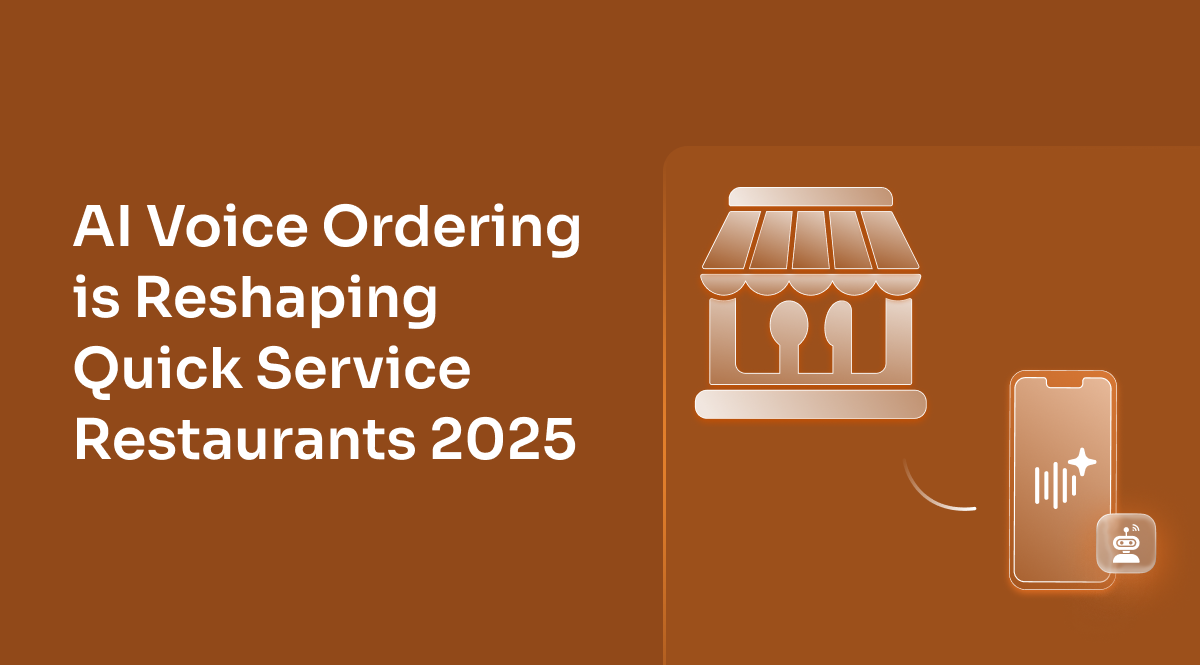
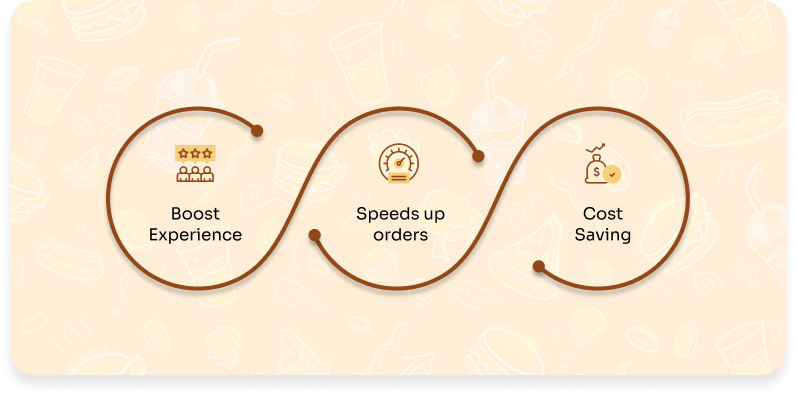

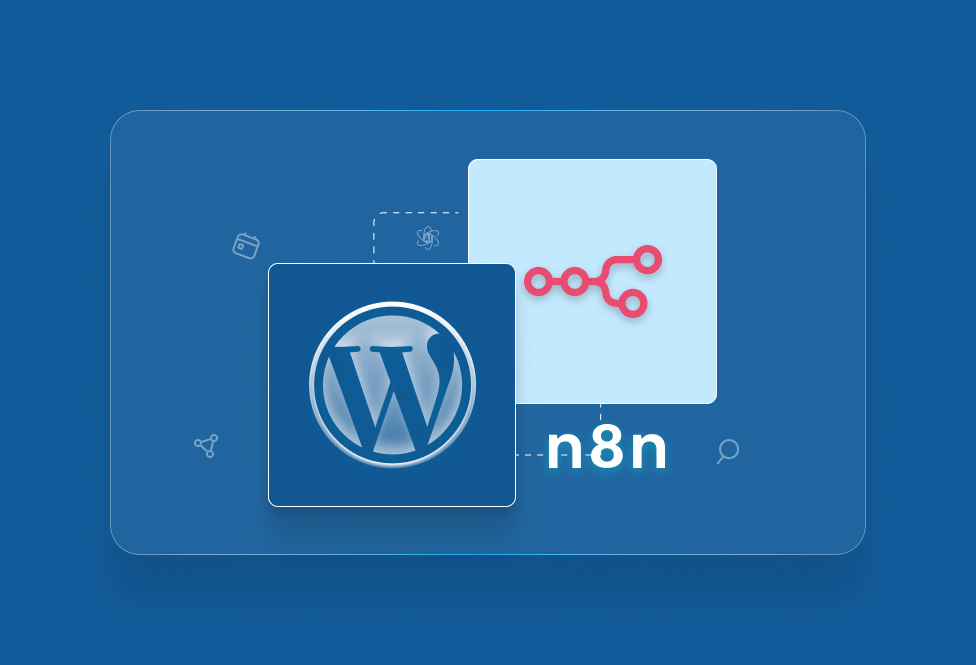


TEAM id
jnext_services
email us [email protected]
india
+91 98587 63596
United Kingdom
+ 44 77679 57915